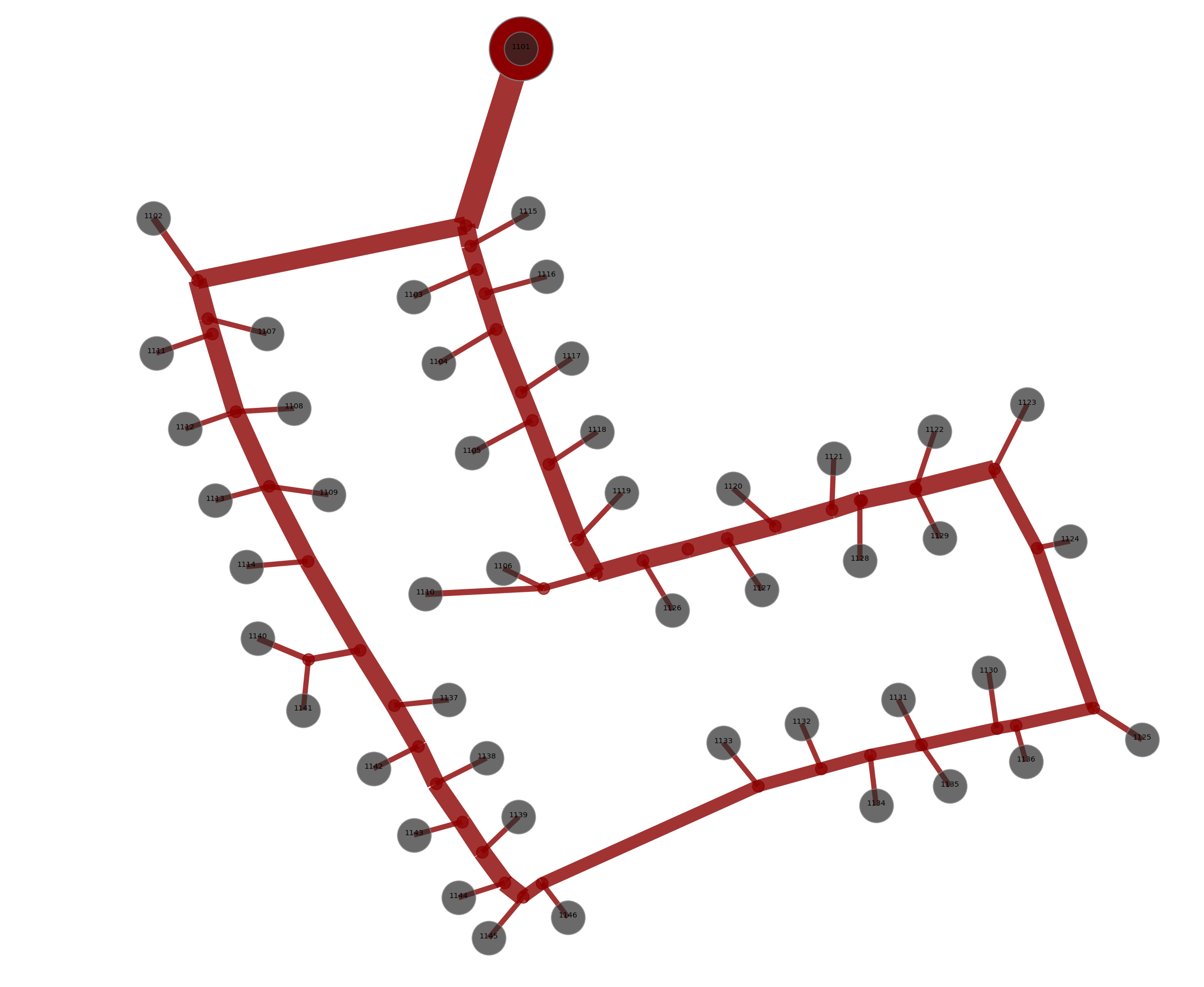The presented case study is a fifth generation network build in the town of Schleswig in the northern part of Germany. It is a full residential neighborhood of 50 buildings connected to a ultra low temperature network with a network length about 1.3 km. The heat sources for the network are 100 % renewable shallow geothermal energy combined with two different designs of ice storages. Thereby, the aspired flow temperatures are around -2°C to 10°C combined with heat pumps in every building providing the necessary temperature levels for space heating and domestic hot water. The possibility to use the network as a direct cooling source is not mandatory but can help to increase the overall efficiency of the network by using the ice storages as a seasonal heat storage. Therefore, this network is characterized as a directed bidirectional low-temperature network. The predicted heat loads of the buildings are calculated within the ErdeisII project by the TU Dresden and are used within this use case. The use case will present the analysis in an early stage of the design phase regarding the hydraulic situation of the network. The overall network structure will be designed with an automated approach, build in the uesgraphs open source python package. The case study aims to show the comparison of different pipe sizing, design temperatures as well as the comparison between centralized and decentralized pumping systems.
 Fig.1 - Scheme of the LTN with the investigated parameters of the study
Fig.1 - Scheme of the LTN with the investigated parameters of the study
 Fig.2 - Layout of the LTN network created with uesgraphs
Fig.2 - Layout of the LTN network created with uesgraphs




